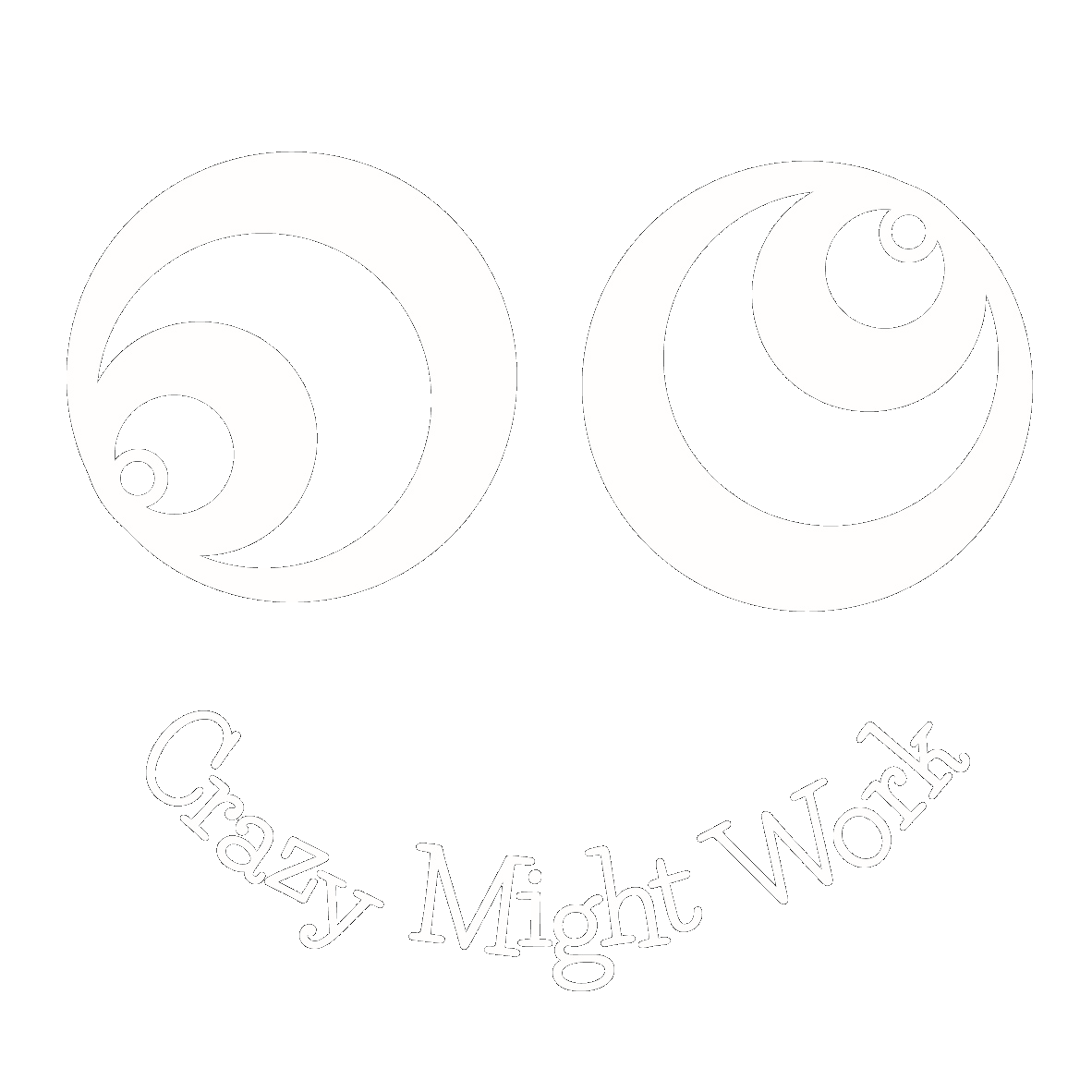Genevieve Hawkins – General Manager Health, Safety and Wellbeing, Coles
A Harvard study (one of the longest longitudinal studies in the world) demonstrates that the quality of our relationships is the key to health, happiness and longevity. Our ability to connect to deep ideas and other people keeps us healthy and sane, in a world where we can no longer predict where we’ll be in 5 or 10 years.
One powerful tool that is often overlooked when trying to achieve anything is asking questions. Lots of questions, different types of questions, always searching for the right question.
Here are 3 examples of questions that can assist organisations looking to drive connection and enable innovation in their teams.
1. Are we solving the right problem?
In the modern era, we’re not short of data, but may well be short of insight. If we ask the wrong question, we’re not going to come up with a great solution. To avoid asking the wrong question, we should keep asking different questions from a variety of perspectives. Further, we need to ensure that, as we develop a solution and as things change, we don’t lose sight of that original problem. Drawing learnings from the Banking Royal Commission, we also need to be mindful of how any KPI’s we use along the way might drive human behaviour and work to avoid implementing changes that could deliver unintended consequences.
2. Are we telling the right story?
Story tellers will become the meaning makers in our disrupted world. Given we are now overwhelmed with data, we must be able to distil it and tell a meaningful story.
A McKinsey study looked closely at human motivation and broke it down evenly between five key drivers, workers care about:
- Society as a whole
- Customers
- The team
- Company / Shareholders and of course
- Themselves – what’s in it for me?
Thus, to captivate our audience and bring about change, we need to be able to leverage the art of storytelling to communicate from all five perspectives.
3. When are we the problem?
To be great leaders, we need to be able to detach from our reactions to people and situations and re-appraise. For example, we might have an emotional reaction in a meeting to something that doesn’t disturb anyone else. In such situations, we need to be mindful of our emotions, work out why we’re feeling that way and connect to the message of that emotion before we respond.
In Genevieve’s presentation on the human side of change, she laments that while training budgets are being cut, social learning remains a great lever for change. She asks us to consider how we might get disparate groups of people together to create provocative dialogue. What sorts of questions might we ask people? How can we get them thinking differently? How might we connect?


